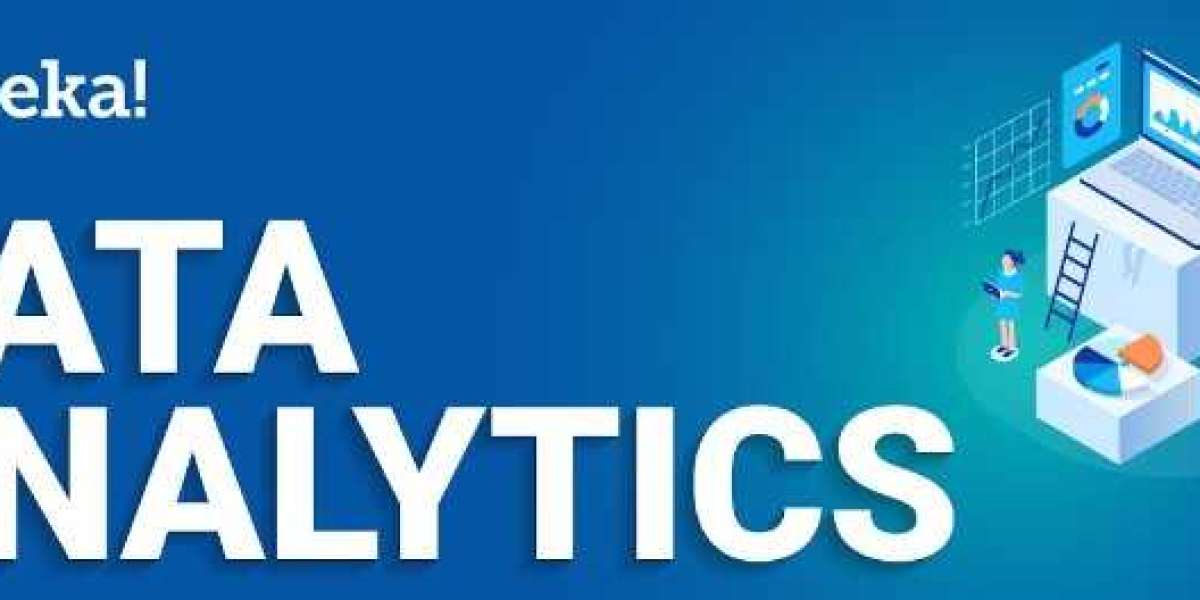Data exploration is a fundamental and iterative process within the domain of data analysis, performed by data analysts to gain an in-depth understanding of a dataset's characteristics, patterns, relationships, and potential insights. It involves using various statistical, visual, and exploratory techniques to navigate through the data, uncover hidden trends, and identify areas of interest that can drive further analysis or inform decision-making.
The process of data exploration encompasses several key steps:
1. **Data Collection and Familiarization**: Data analysts begin by acquiring the dataset and becoming acquainted with its structure, variables, and context. They review documentation and metadata to understand the meaning of each column and its potential relevance to the analysis.
2. **Data Cleaning and Preprocessing**: Before delving into exploration, analysts often clean and preprocess the data to ensure accuracy and consistency. This may involve handling missing values, addressing outliers, and transforming variables as needed.
3. **Summary Statistics**: Analysts calculate summary statistics such as mean, median, standard deviation, and percentiles to understand the central tendencies and spread of numerical variables. This provides an initial overview of the data distribution.
4. **Data Visualization**: Visualizations like histograms, scatter plots, box plots, and bar charts are powerful tools for revealing patterns, correlations, and anomalies within the data. Visual exploration helps analysts identify trends and outliers that might not be apparent from summary statistics alone.
5. **Correlation Analysis**: Analysts explore relationships between variables using correlation matrices or scatter plots to determine if certain variables are positively, negatively, or not correlated with each other. This insight can guide further analysis and modeling.
6. **Feature Exploration**: For predictive analysis, analysts explore the relationship between predictor variables (features) and the target variable. This involves investigating how different features impact the target and identifying potentially predictive variables.
7. **Dimensionality Reduction**: In cases where datasets have a large number of variables, dimensionality reduction techniques like principal component analysis (PCA) or t-distributed stochastic neighbor embedding (t-SNE) may be used to visualize high-dimensional data in a lower-dimensional space.
8. **Hypothesis Generation**: As patterns emerge from the exploration, analysts may form hypotheses about potential relationships, trends, or causes. These hypotheses can guide subsequent testing and analysis.
9. **Interactive Exploration**: Data analysts often use interactive tools and dashboards to allow users to explore the data themselves. Interactive exploration empowers stakeholders to ask ad-hoc questions and make discoveries independently.
Data exploration is an essential precursor to more advanced analyses, such as predictive modeling or machine learning. It helps analysts identify variables that significantly impact the analysis, discover anomalies or outliers that require further investigation, and guide the selection of appropriate analysis techniques. Moreover, data exploration plays a critical role in storytelling and communication, as it enables analysts to present insights and findings in a compelling and informative manner to non-technical audiences. Apart from it by obtaining Data Analyst certification, you can advance your career as a Data Analyst. With this course, you can demonstrate your expertise in the basics of you'll gain the knowledge and expertise demanded by the industry, opening up exciting career opportunities in the field of data analytics, many more fundamental concepts.
In summary, data exploration is a foundational step in the data analysis process, where data analysts use statistical analysis, visualization, and exploration techniques to understand the structure and characteristics of a dataset. This process uncovers patterns, relationships, and potential insights that inform subsequent analyses and aid in effective decision-making.








